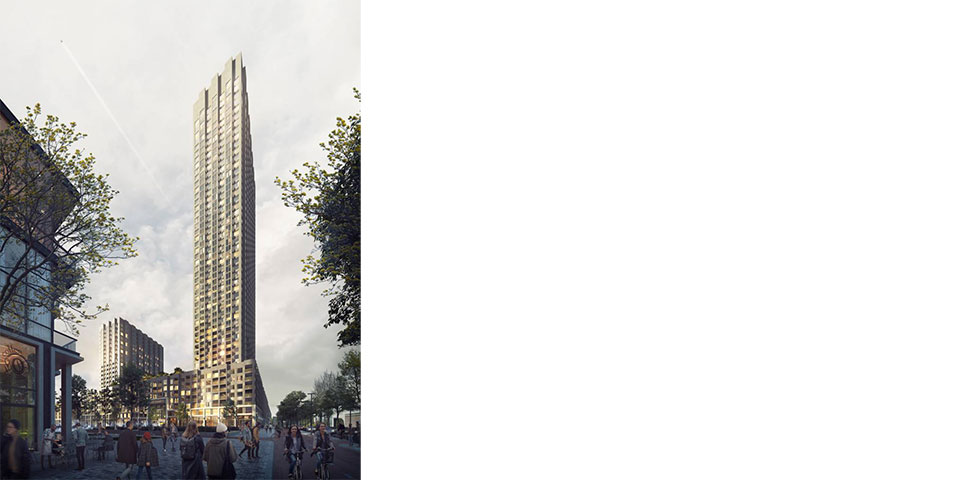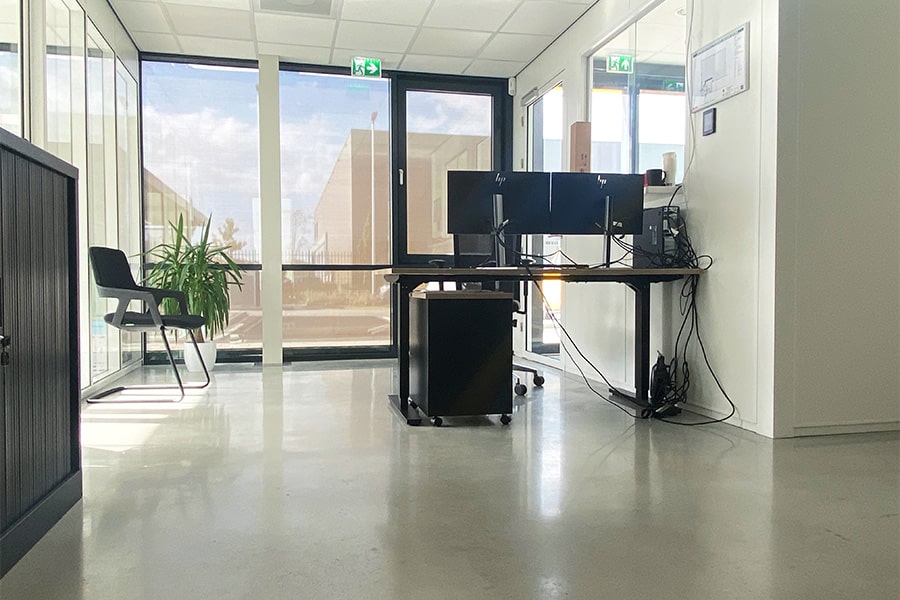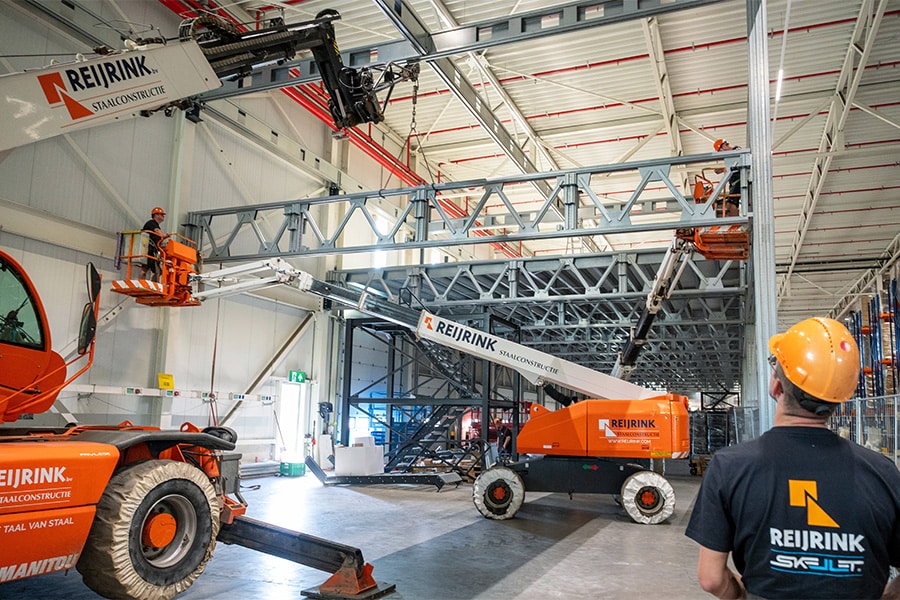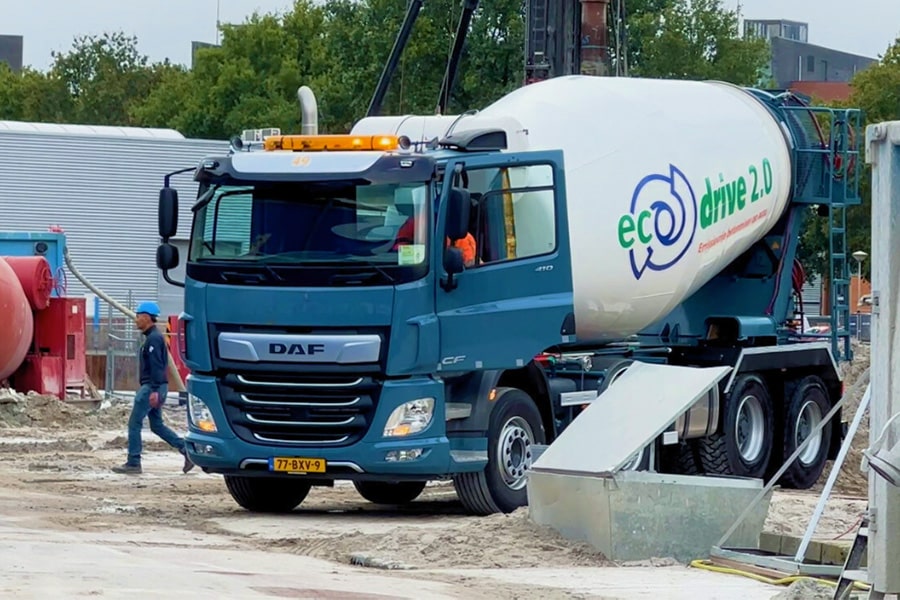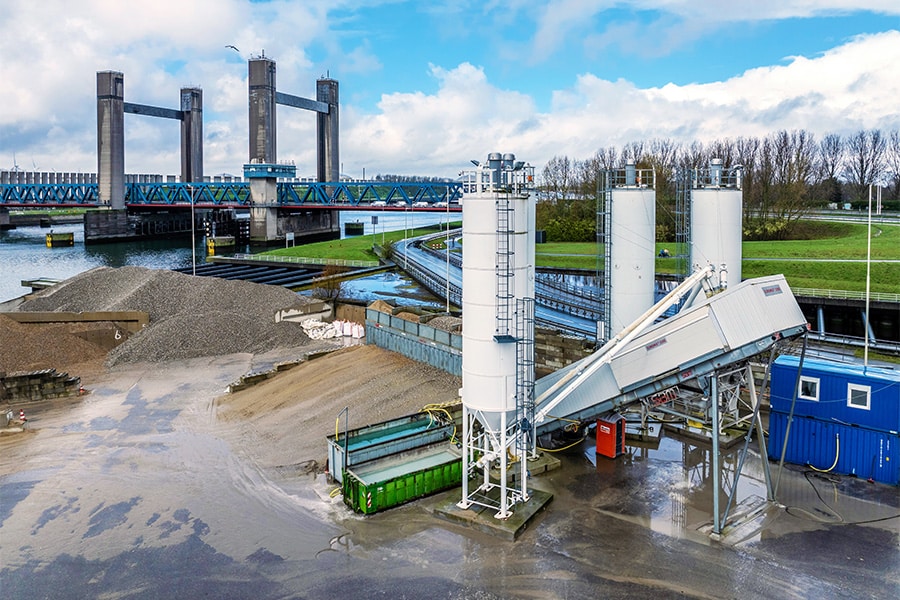
Urbanization & concrete
Since time immemorial, concrete has found its application in creating new residential, work and leisure buildings in urban environments. Even the associated infrastructure cannot do without concrete structures. However, today's urbanization requires new challenges for the application of concrete.
New opportunities with which the material or its application can reinvent itself. Are there more suitable alternatives for today's questions or should new concrete concepts be developed in combination with other or new (construction) materials?
Today's city faces unprecedented growth in demand for diversity, comfort and safety, as well as more technical and living quality. Current themes such as multiple land use, circularity, heat stress and inclusiveness are defining tomorrow's needs.
Can concrete contribute to further greening the hard ground level design of today's cities? Are there new opportunities for water buffering and the design of raised ground levels in the form of green, landscaped flat roofs and raised town squares? What can the concrete industry contribute to the demand for tomorrow's city?
WELL certification guarantees safe and healthy building and environment
WELL is the first and only certification system that focuses specifically on the health and well-being of building occupants. Not an unnecessary luxury, when you consider that on average we spend about 90% of our time in buildings. Employees who work in sustainably certified buildings have less stress and perform and sleep better. The certification focuses on seven areas of concern: air, water, light, nutrition, vitality, comfort and a healthy mind. Plenty of challenges for the designing contractor!
Green roofs as an asset in combating heat stress
Among other things, climate change is leading to an increase in heat waves. And in the city, this is always a degree worse. Adding nature to the city can provide some cooling. Roofs make up a significant portion of the city's surface area and are directly exposed to the heat coming from the sun. One plus one is three, you might say! Recently, the Rooftop Award 2020 was awarded to the roof of the Boijmans van Beuningen Depot in Rotterdam. This concrete roof includes 72 trees. The roof also offers visitors spectacular views.
Smart buildings make a smart city
The rise of smart cities stems from several developments. First, developments such as the Internet of Things and increasingly cheaper hardware make technology pervasive and ubiquitous. In addition, very large cities in particular tend to profile themselves; the image of a smart city can have economic benefits. A third driver is sustainability: thanks to technology, it is becoming possible to control energy demand in a much more targeted way and to achieve savings.
City of the future
What we make today must also be suitable for tomorrow. Matter of long-term planning. Five test sites of 1 km2 in Amsterdam, Rotterdam, The Hague, Utrecht and Eindhoven looked at new ways of making a city.
The underlying question was how, in times of the next wave of densification, we can link building challenges to energy transition, innovations in transportation, circular economy and other system and network innovations.
